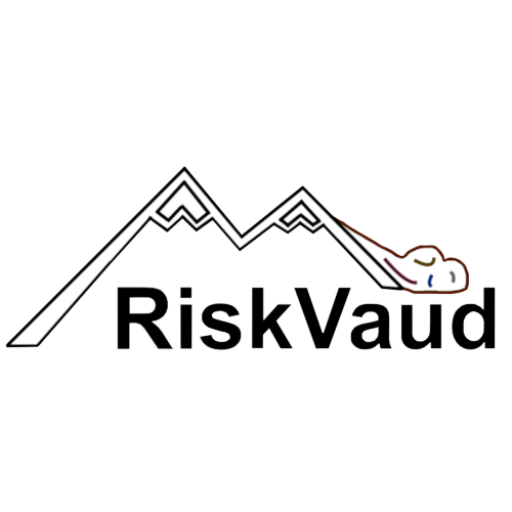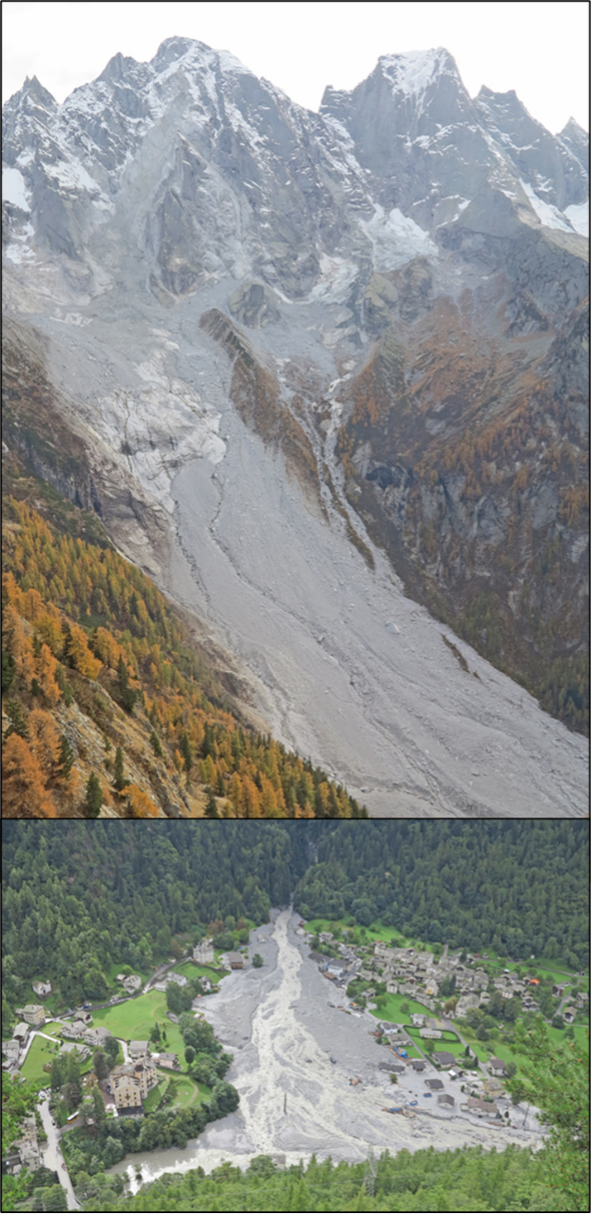Landslides
By Angie Ramirez
What are they?
Sometimes we have heard the news about landslides around the world (occurring in different climatic conditions and kinds of land), even in our nation or canton. Those phenomena can cause billions in monetary losses, population displacement, and thousands of deaths and injuries every year. But do we really know what the news is talking about? Here you can find a simple description that allows you to understand this phenomenon better.
Landslides are also known as mass movements, and they correspond to a mass of rock, debris, or soil that moves down across a slope without the help of any form of transport, only by the action of gravity causing visible changes in the ground such as cracking, subsidence, and detachment of large quantities of soil or rock, which may cause the deterioration or even the destruction of public infrastructure, housing, crops and could cause the blocking of rivers or streams.
In order to classify them, it is essential to know their kind of movement (flows, slides, spreads, falls, or topples) and their material (rocks, debris, or soil).
Why do they happen?
Landslides can take a lot of years or just a few seconds to move and do not necessarily occur on a steep slope; these depend on different factors. There are two mean groups of factors: inherent and triggers.
The inherent factors are those that represent the characteristics of the terrain, such as topography, geology, geomorphology, vegetation cover, etc.
On the other hand, in simple words, the triggers factors are what a landslide starts its movement. This can be due to rain, earthquakes, air, groundwater level changes, volcanic activity, and even human activities.
When all these factors coexist in equilibrium, the terrain remains stable, but if something varies (like the vegetation cover or the rain intensity), the acting forces change, exceeding the shear strength. This last one (shear strength) is responsible for keeping all the material together and depends on the frictional and cohesive strength. Then if this strength is exceeded, a landslide could appear.
Effects and consequences of landslides
The effects and consequences are highly related to the kind of landslides; however, they can generally affect the environment, the buildings, and therefore human life.
The environment can be impacted by changes in morphology and vegetation cover (crops, forest, etc.). Obstructing rivers can also be a consequence that could affect others, such as changing the river flow since some inhabitants and animals will have trouble surviving if they depend on this water; even this interruption could become another hazard to downstream inhabitants due to the dam formed.
In terms of buildings, landslides damage everything in their paths, such as sewer, water, and electrical lines; they can cause subsiding, make cracks in walls or, in the worst scenario, collapse a building. Also, they can cover or break roads, preventing access to essential supplies and hindering evacuation processes (if necessary).
All these aspects can affect human lives on different levels, which is why it is becoming more and more common to see people worldwide try to understand this phenomenon to avoid future disasters. Besides, as landslides can be a high-speed event and in the areas where they occur there is still movement, it is challenging to act and recover quickly; therefore, it is best to have proper knowledge of the site you live in, to monitor the terrain constantly, and to participate and follow the directive of the competent authorities for risk management.
References:
Britannica web site. Consulted on 12th December 2021: https://www.britannica.com/browse/Earth-Science-Geology-Fossils
Highland L., and Bobrowsky P. (2008). Manual de derrumbes – Una guía para entender todos los derrumbes: Reston, Virginia, U.S. Geological Survey Circular 1325, 129 p.
UNISDR. (2017). Landslides hazards and risk assessment.
USGS: “What is a landslide and what causes one?” Consulted on 20th December 2021: https://www.usgs.gov/faqs/what-landslide-and-what-causes-one

